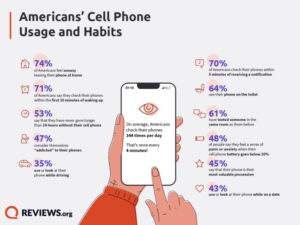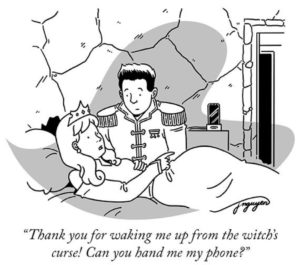“So much for my New Year’s resolution to eat healthy,” lamented my friend as she polished off a bag of M&Ms. If any of the virtuous goals you set at the beginning of the year have fallen by the wayside, research shows that the beginning of spring is a great time to turn the page and begin again. According to a study entitled The Fresh Start Effect: Temporal Landmarks Motivate Aspirational Behavior, special occasions that demarcate the passage of time — think birthdays, the start of a new semester, and the beginning of a new season — are ideal moments to make positive changes because this is when motivation kicks into high gear.
The theory underlying the fresh start effect is that these symbolic landmarks create new “mental accounting periods” in which we relegate past imperfections to a previous period, essentially letting bygones be bygones. Think of these meaningful periods as opportunities for a blank slate or a “do over.” Transitions like the beginning of spring are a gift because they allow us to turn over a new leaf (pun intended) and leave our past M&M-inhaling self behind. At the same time, they remind us to reconnect with our good intentions and to behave in line with a new positive self, perhaps a carrot-snacking one. Additionally, closing one chapter and opening a new one invites us to step back from the minutiae of our daily lives. Plenty of research shows that big-picture thinking is associated with renewed motivation and goal commitment.
I believe that the secret sauce of these landmark moments is that they highlight the gap between our current behavior and the potential of behaving in a way that aligns with our values. What could be a more powerful reminder of the possibility of renewal than the beginning of spring? I went for a walk in Central Park yesterday and while it is still chilly, spring is definitely in the air. The sun feels warmer, flowers are blooming, and birds are chirping. Spring isn’t just a time of year, it’s a state of mind. As Harriet Ann Jacobs wrote, “when nature resumes her loveliness, the human soul is apt to revive also.” Seeing nature in bloom is inherently optimistic. Even Emily Dickinson, not known for her sunny outlook, was inspired by this time of year.
“A Light exists in Spring
Not present on the Year
At any other period —
When March is scarcely here…”
Spring is the psychological equivalent of a refresh button. Take advantage of this new beginning and use it as an opportunity to reconnect with your goals and values.
Of course, there are countless fresh start opportunities throughout the year. Every Monday or even tomorrow is a chance to begin again. What’s important is that you see the moment as a fresh start. As Harvard Business School professor Francesca Gino wrote in Scientific American, be strategic about when to initiate changes because timing matters. “We feel more motivated and empowered to work hard toward reaching our goals when we feel like our past failures are behind us, and our future success is ahead of us.”
If spring makes your heart sing, capitalize on this moment to revisit your commitments and what you care about.
“Where flowers bloom so does hope.”
— Lady Bird Johnson
I wish you all the best,
Dr. Samantha Boardman












